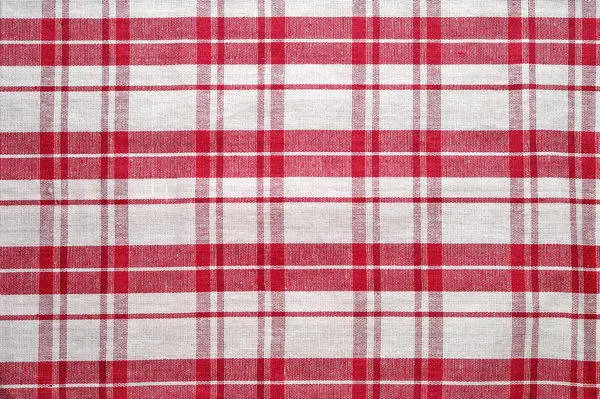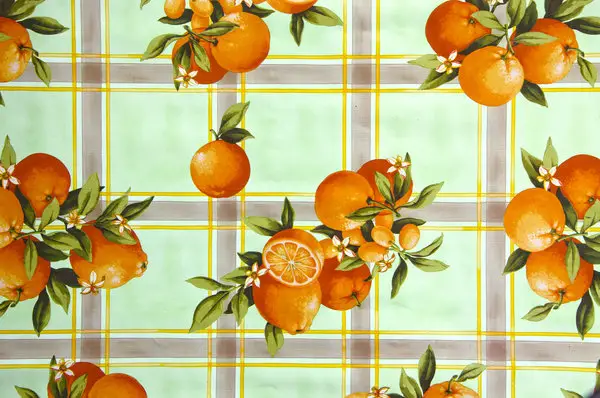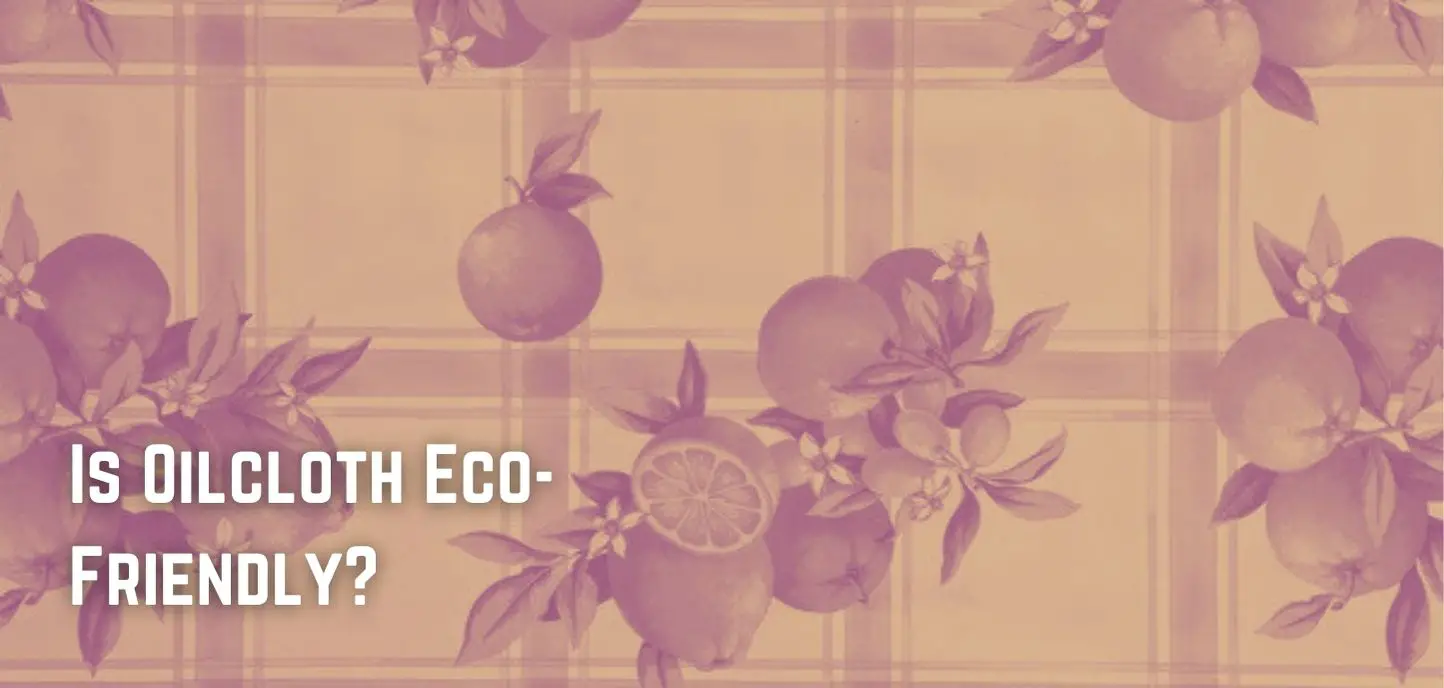When it comes to finding eco-friendly fabrics, oilcloth is definitely a contender.
But what exactly is an oilcloth? And how eco-friendly is it?
In this blog post, we will answer all of your questions about oilcloth and its impact on the environment. Keep reading to learn more!
What is Oilcloth?
Oilcloth is a type of fabric that is coated with a layer of oil or wax.
This gives the fabric water-resistant and durable properties, which makes it ideal for outdoor use. Oilcloth is usually made from cotton or linen and is available in a variety of colors and patterns.
What is an Oilcloth used for?
Oilcloth is most commonly used for tablecloths, placemats, and other home decor items. It’s also a popular choice for bags and purses, as it’s resistant to stains and water.

Some people also use oilcloths to make clothing, such as aprons and raincoats.
How Eco-friendly is Oilcloth?
When it comes to eco-friendliness, oilcloth scores pretty well. The main reason for this is that it is a natural fabric. Cotton and linen are both sustainable materials that can be grown without harming the environment.
Additionally, an oilcloth does not require any harsh chemicals or toxic dyes during the manufacturing process.
Another plus side of the oilcloth is that it is very durable. This means that it can be reused over and over again, which reduces waste. Oilcloth is also easy to clean and does not release any harmful toxins into the environment.
Despite all these benefits, there are yet a few things to keep in mind when it comes to oilcloth and its impact on the environment.
- First, while the oilcloth is durable, it is not indestructible. If you are using it for clothing or other items that will see a lot of wear and tear, it will eventually break down and need to be replaced.
- Second, because it is coated with oil or wax, oilcloth is not biodegradable. This means that when it does eventually break down, it will release harmful chemicals into the environment.
- Lastly, although oilcloth is a natural fabric, the manufacturing process does require some energy and resources.
Is Oil Cloth Bad for the Environment?
The jury is still out on whether or not oilcloth is bad for the environment. Some people believe that the production of this type of fabric releases toxic chemicals into the air, while others claim that it’s actually more environmentally friendly than other materials. So, what’s the truth?
Well, to answer that question, we need to once again look at how oilcloth is made. First, the fabric is created by coating a piece of cotton or linen with a layer of linseed oil. This makes it resistant to stains and water, which is why it’s often used for tablecloths and placemats.

The process of applying the oil to the fabric can release harmful chemicals into the air, but this is typically only done on a small scale. In fact, most of the time, the oil is applied in a factory setting where there are strict emissions controls in place.
So, while there is some potential for environmental damage during the production of oilcloth, it’s generally considered to be a fairly eco-friendly material. The material is also biodegradable, so it won’t stick around in landfills for centuries.
Which is better oilcloth or PVC?
That is a difficult question to answer as it depends on the specific application. PVC is cheaper and more durable, while oilcloth is softer and has a nicer finish. Ultimately, it comes down to personal preference.

Oilcloth does have one major advantage over PVC – it’s biodegradable. When it eventually reaches the end of its lifespan, it can be composted or recycled, whereas PVC will just end up in a landfill.
So, if you’re looking for an eco-friendly option, oilcloth is definitely the way to go.
Tips for Using Oil Cloth Sustainably
When it comes to sustainability, oilcloth is a pretty good option. Here are a few tips for using it in an eco-friendly way:
- Look for second-hand oil cloths whenever possible.
- Reuse oilcloth as often as possible. It’s durable and easy to clean, so it can be used over and over again.
- When it’s time to replace oilcloth, choose a biodegradable option. There are a few oilcloths on the market that are made from sustainable materials and can be composted or recycled when they’re no longer usable.
- Avoid using harsh chemicals or toxic dyes during the cleaning process. These can release harmful toxins into the air and water. Consider using an eco-friendly detergent.
- Try to buy a locally made oilcloth. This will reduce the amount of energy and resources used in the shipping process.
- Be conscientious about your energy use when cleaning oilcloths. Don’t leave them soaking in the sink overnight!
By following these tips, you can use oilcloth in a way that’s environmentally friendly and sustainable.




